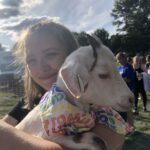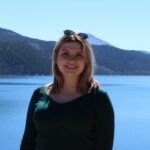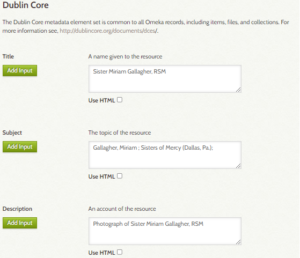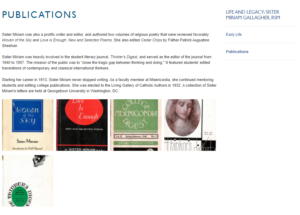Anthracite Heritage Musuem 2/28/22-3/2/22
This week, I learned about the process of deaccessioning an item. An item can be deaccessioned in multiple ways. it can be returned to the donor, donated to another musuem, or destroyed. In this case, I helped in the process of destroying these artifacts.
The reason for the artifact’s destruction was because of the poor state they were in. One was a worn canvas bag, another was a broken frame, and the last was an old print. The method for destroying something is not complicated. We cut the bag, broke apart the old frame, and ripped apart the old print and its frame. We documented the process to prove that it had been done, with picutures of the items being destroyed, going into garbage bags, and then being put into the dumpster.
The next project was to assess artifacts for damage. There were boxes of wooden handles from tools that had not previously been stored in a temperature controlled room, meaning that there could be potential damage to the items. The specific worry was about any bugs that may have eaten into the wood, and if they were still active. If they were, the handles would be frozen for a month, taken out for a short period of time, and then frozen again to ensure any pest would be dead and no longer would damage the item. What I looked for were any small holes, or any residue from the wood that would suggest something had burrowed in. The items that were suspect were put aside, while the ones that weren’t were left to be put in with the rest of the collection.
This week, I also gained computer access. However, in order to keep the computer access, there is state mandated training every person must do if they get an account. My first day was spent completing the training, which went over safety protocols and state regulations for computer use.




